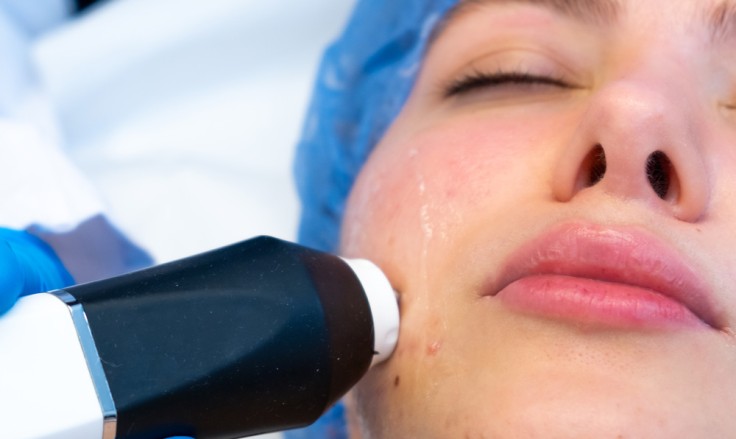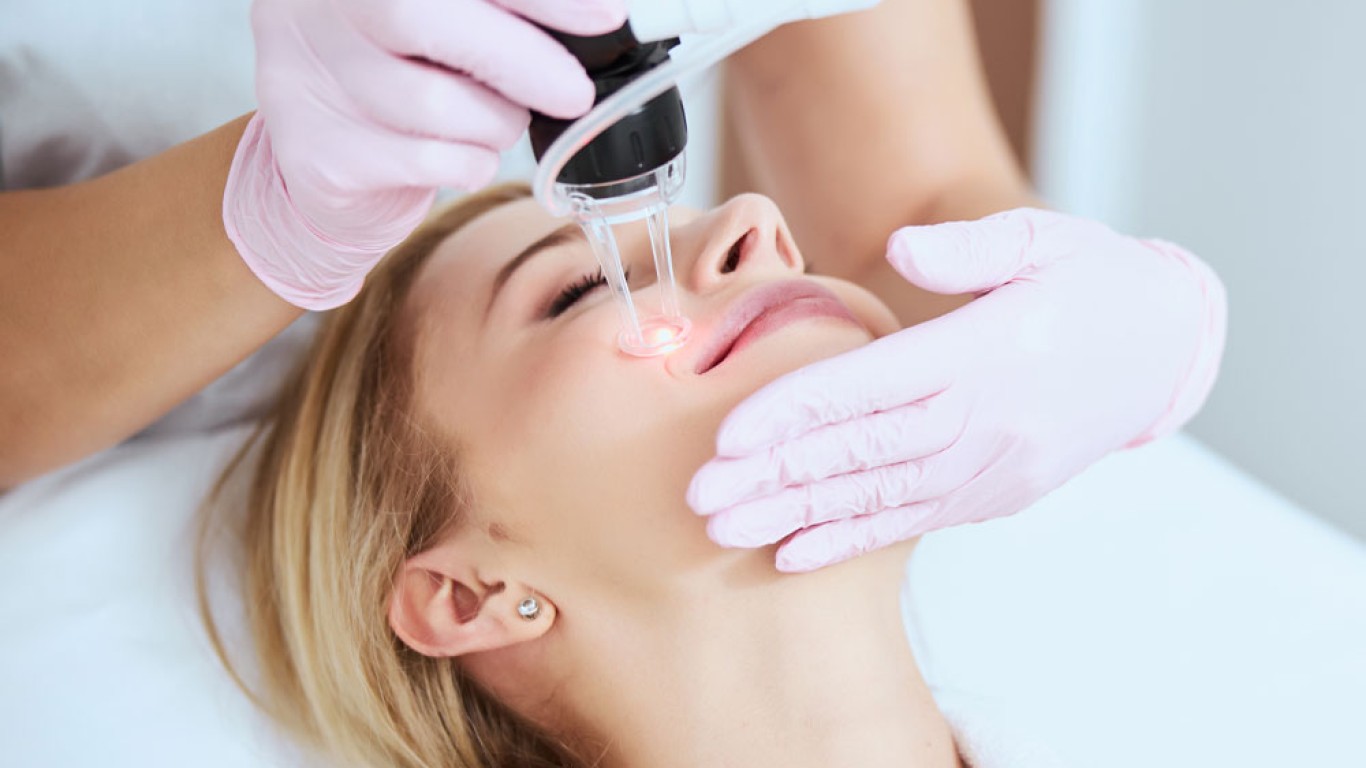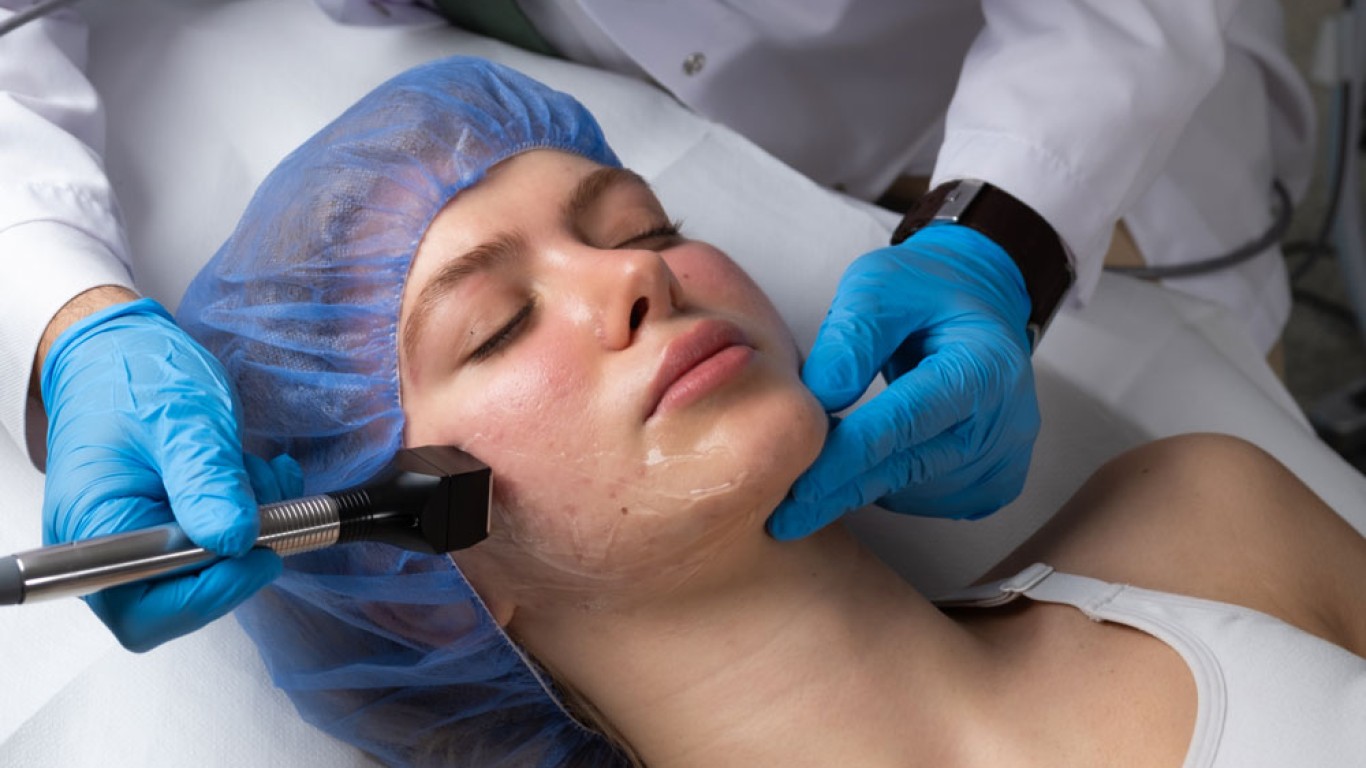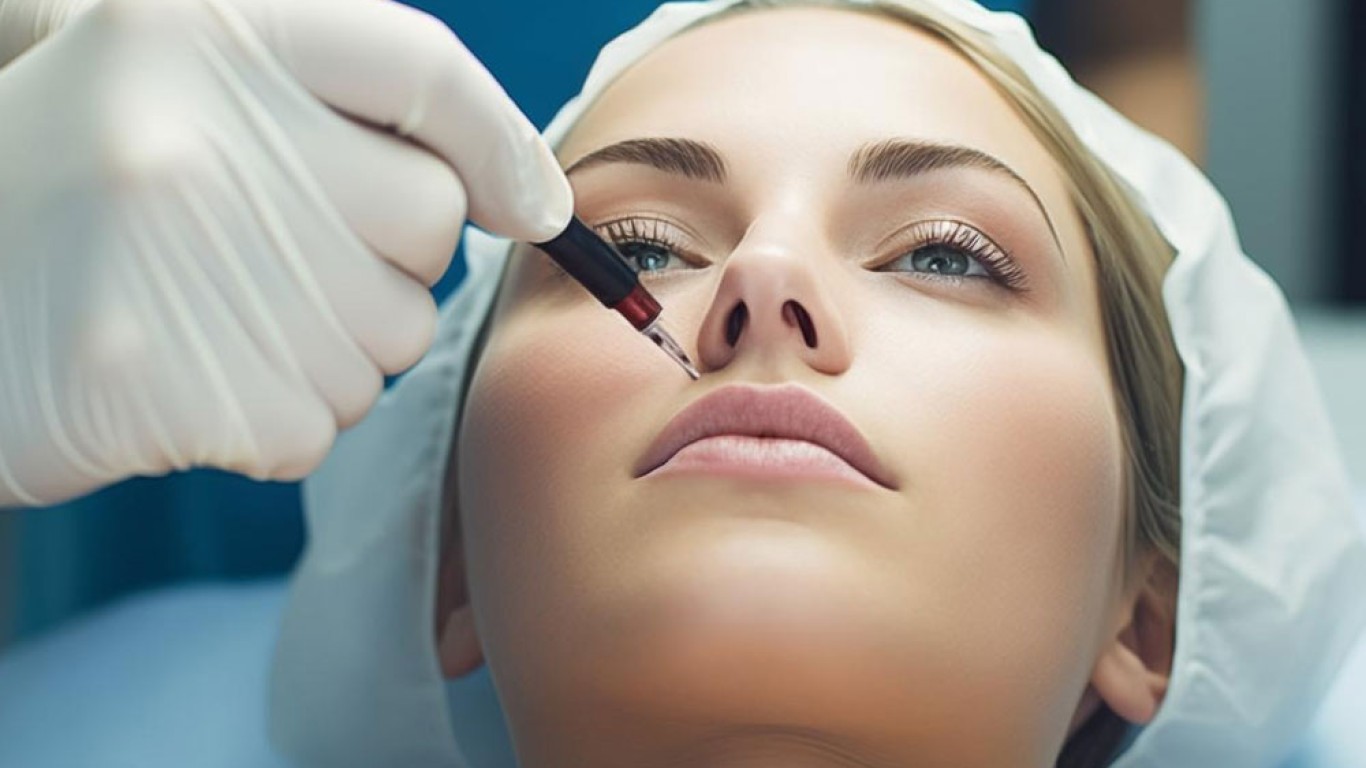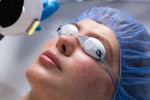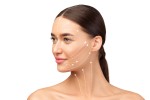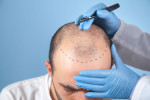Uneven skin tone can affect confidence just as much as texture or fine lines. Dark spots, sun damage, or discolouration often make skin appear tired or aged. Thankfully, advanced hyperpigmentation treatments can restore balance and brightness. This article clearly explains what hyperpigmentation is. Learn its causes and which treatments effectively help to even skin tone and reveal radiance.
What Is Hyperpigmentation?
Hyperpigmentation occurs when excess melanin collects in certain areas. Melanin is the pigment that gives skin its colour.
This can result in dark patches, freckles, or age spots. Common causes include sun exposure, hormonal changes, acne, and inflammation.
Hyperpigmentation treatments aim to break down this excess pigment while improving skin clarity and tone.
Types of Hyperpigmentation
There are several kinds of hyperpigmentation, each with unique characteristics:
- Sunspots (solar lentigines): Appear after prolonged UV exposure, especially on the face and hands.
- Melasma: Hormonal changes, often during pregnancy or from contraceptive use, trigger this deeper discolouration.
- Post-inflammatory hyperpigmentation (PIH): Develops after acne, eczema, or skin injury.
Understanding which type you have helps professionals recommend the most effective hyperpigmentation treatments.
Topical Hyperpigmentation Treatments
Topical treatments are often the first step in managing discolouration. These include serums and creams containing brightening ingredients like:
- Vitamin C: Protects against free radicals and reduces dark spots.
- Niacinamide: Strengthens skin while fading uneven pigmentation.
- Retinoids: Encourage cell turnover and help fade surface discolouration.
These ingredients, when used consistently, will gradually lighten dark areas and restore balance.
Hyperpigmentation Treatments: Chemical Peels
Chemical peels remain one of the most trusted hyperpigmentation treatments. They use controlled exfoliation to remove the outermost layer of skin, revealing fresher, more even-toned skin beneath.
Light peels suit mild pigmentation, while deeper peels target more persistent discolouration.
They can be tailored to different skin types. They often pair well with other treatments for enhanced results.
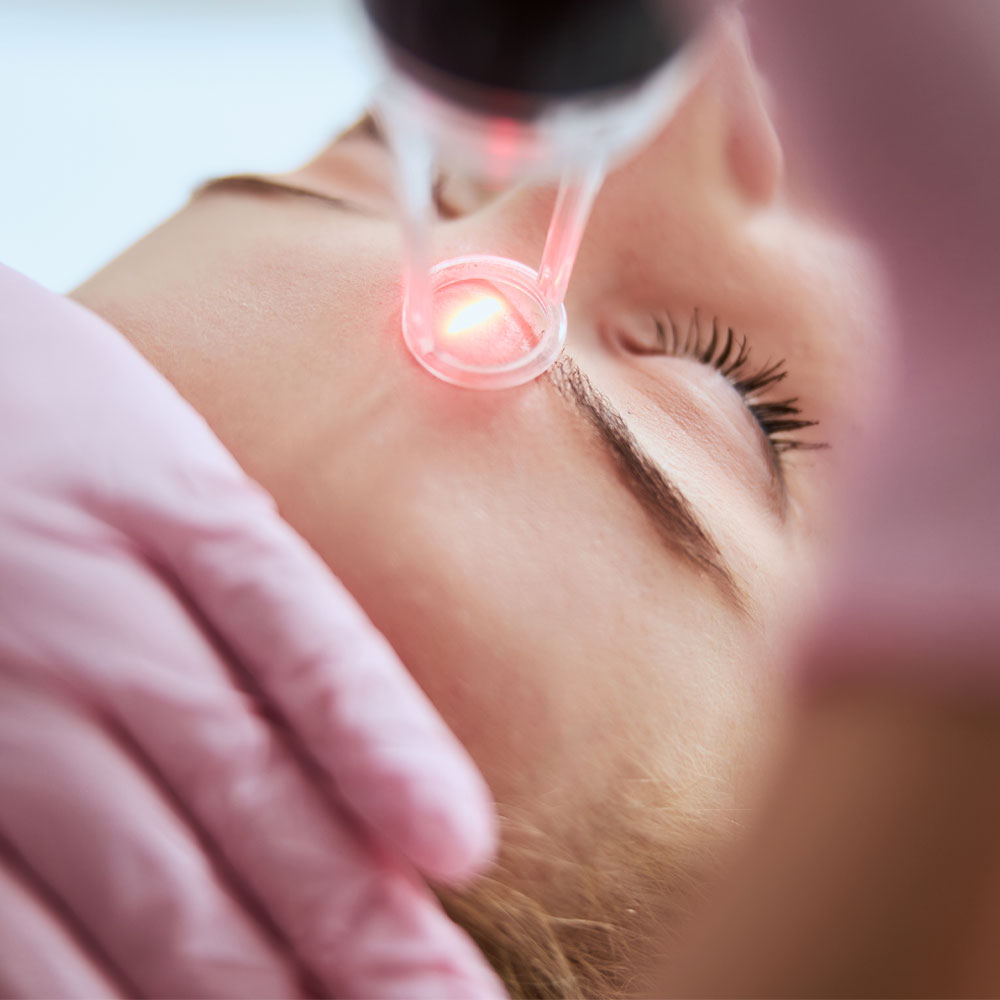
Hyperpigmentation Treatments: Laser-Based
Laser technology has transformed how specialists approach pigmentation. By using concentrated light energy, lasers target melanin deposits with remarkable precision.
The pigment absorbs the light and breaks apart into tiny fragments. The body then naturally clears these away.
Popular laser systems include Q-switched and fractional lasers, both known for safely improving uneven tone.
Laser-based hyperpigmentation treatments deliver consistent, visible results for sun damage, melasma and lingering acne marks.
Hyperpigmentation Treatments: Intense Pulsed Light (IPL) Therapy
Although not technically a laser, IPL therapy is another effective option for treating pigmentation irregularities.
It uses multiple wavelengths of light to target brown and red discolouration simultaneously. The light energy breaks down pigment, while also stimulating collagen production for smoother texture.
Patients love IPL because it’s gentle, versatile, and involves minimal downtime. It’s one of the most popular non-invasive hyperpigmentation treatments in clinics today.
Hyperpigmentation Treatments: Microneedling with Brightening Serums
Microneedling can enhance the effects of topical hyperpigmentation treatments. By creating controlled micro-injuries, it allows brightening serums to penetrate more deeply.
This combination triggers collagen renewal and accelerates pigment fading.
Patients often notice smoother, more even skin within weeks. When performed by professionals, it’s suitable for most skin types. It offers a natural approach to restoring radiance.
Hyperpigmentation Treatments: Mesotherapy
Mesotherapy is another innovative option gaining attention in 2025. It delivers targeted blends of vitamins, antioxidants, and peptides directly into the skin.
These micro-injections revitalise dull areas and regulate melanin production.
As a result, the skin appears fresher, more hydrated, and evenly toned. Many clinics use mesotherapy as a maintenance treatment alongside lasers or peels for sustained improvement.
Combining Hyperpigmentation Treatments
The most effective plans often combine several techniques. For instance, patients might use brightening serums daily. At the same time, they could be undergoing periodic laser or chemical peel sessions.
This combination targets both surface and deep pigmentation, producing long-lasting clarity.
Personalised plans can be developed on a patient to patient basis. Each patient will then receive the right balance of strength and gentleness for their skin type.
Conclusion
Hyperpigmentation treatments offer diverse, proven ways to restore brightness, clarity, and balance to the skin. From topical care and peels to lasers and mesotherapy. Each method contributes to smoother, more even results for your skin. With expert guidance and consistent care, radiant, healthy-looking skin is achievable for everyone.
For more information and to book a consultation visit the ACIBADEM Beauty Center Skin Treatments webpage.
Frequently Asked Questions
It’s usually caused by excess melanin production triggered by sunlight, hormones, or inflammation.
Laser therapy, chemical peels, and brightening serums are among the most effective.
Visible improvement often begins after several sessions, depending on treatment type and depth.
Yes, though specialists customise methods to suit different tones safely.
Daily sunscreen, gentle skincare, and occasional maintenance treatments help preserve even tone.
